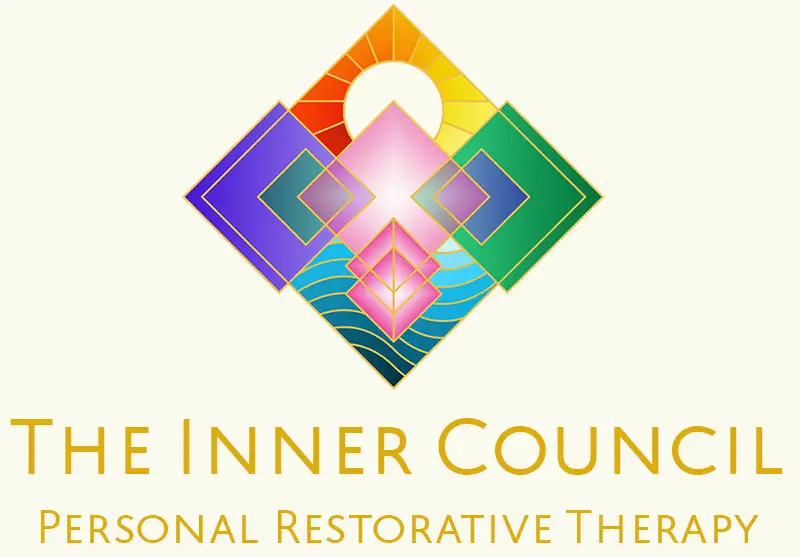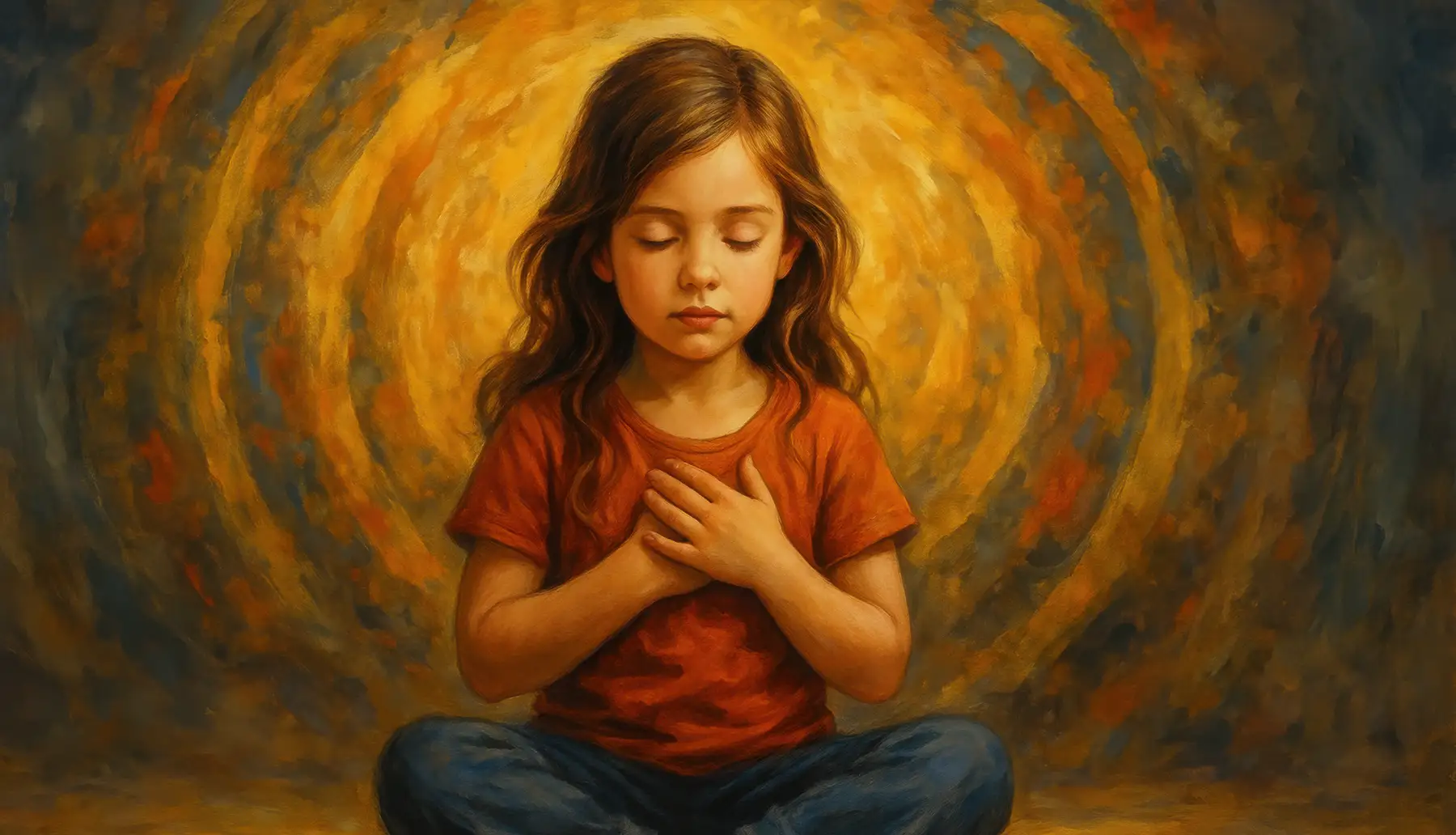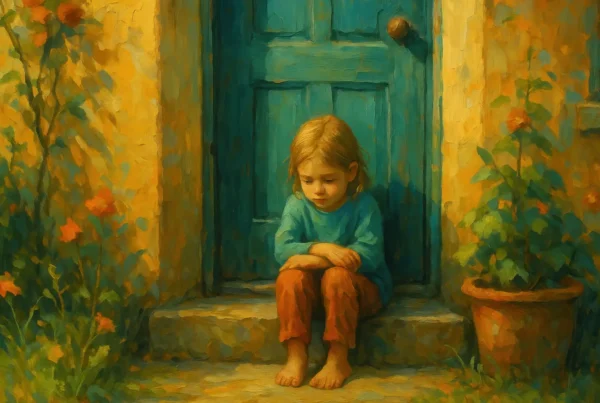BOOK YOUR WORKSHOP TODAY
All posts published here are presented as casual conversation pieces to provoke thought in some direction or another, they do not necessarily represent fixed opinions of the Inner Council, as our work exists beyond the spectrum of bound statement and singular clause.
A grounded guide to intuitive healing and inner child work—where the body communicates, intuition awakens, and fragmented parts return to wholeness.
Key Takeaways
- The body speaks when we give it safety and attention.
- Symptoms are messages from younger, fragmented parts.
- Intuition grows when mind and feeling come into balance.
- Inner alchemy is the transformation of reactivity into awareness.
- Healing is relationship—wholeness returns through connection, not force.
Intuitive Healing Practices
When the body is given safety and conscious attention, it begins to reorganize itself. The nervous system slows, breath deepens, and awareness travels inward. In this state, the mind and body become capable of integration—emotionally, physically, energetically, and spiritually. We gain access to the subconscious terrain where surface symptoms trace back to deeper causes. From here, the body does not simply “recover,” it communicates.
The subconscious holds the undiscovered story of our wounds as well as the implied instructions for healing them. Through inner dialogue, sensation, and symbolic language, the psyche reveals where we are carrying trauma and what is needed to resolve it. As the deeper layers are met with awareness, the mind clears, the body settles, and we enter a wider field of wisdom—a collective intelligence encoded in the human spirit. The journey is not easy, nor is it linear, but it is profoundly authentic. Those who step onto this path rarely wish to return to the numbness that preceded it. Healing is simplicity, but simplicity is not small—it is powerful.
We have guided many people through integration and ceremonial healing, including work with sacred plant medicines, breathwork, somatic processing, and intuitive dialogue. Time and again, the results demonstrate the same principle: when genuine presence and correct approach are applied, transformation happens. Each participant teaches us as we guide them, and every interaction becomes reciprocal healing. With humility and respect, we offer what we have learned—knowledge, tools, and a grounded framework for intuitive inner work.
The soul cannot be damaged, but the spirit can become weighed down by unintegrated experience. When the past is not resolved, fragments of the psyche remain frozen in developmental time, influencing behaviour, emotion, and identity. Once we understand the mechanics of resolution and the ceremony of integration, we no longer need to fear our inner world. We gain tools we can use throughout life.
Energy, Intuition, and the Art of Inner Alchemy
Alchemy never disappeared; it simply lost its language. At its essence, alchemy is a shift in consciousness, a reorientation of perception that changes how we interpret and respond to reality. It is the inner science of transforming reactive states into engaged awareness.
This is not abstract mysticism. It is deeply practical.
Consider what would change if, instead of being conditioned to react, we were taught from childhood to ask:
- What am I feeling?
- What part of me is speaking?
- What does this moment need from me?
Most of us did not learn this during our formative years, but the human psyche is regenerative. The skills we were not given can be recovered at any age with the right tools. In mentoring and integration work, we focus on developing intuitive sensitivity—listening to the body, reading emotional signals, forming inner dialogue, and learning to answer the subconscious with respect instead of fear.
All true energy work begins here. Without intuition, modality becomes ritual without meaning. But when imagination, faith, and internal communication are cultivated, consciousness becomes fluid and adaptive. In this state, the “laws” that define our inner reality change. Academic science evolves slowly and often clings to outdated models, but lived experience shows that the psyche does not behave like a dead machine. Conscious systems defy entropy—the more awareness we bring, the more organized the inner world becomes.
Who Is Wrong With You?
With intuitive healing we can consider that every area of healing reveals a fragmented part or personality of an aspect of ourselves that was knocked offline at some point during our developmental stages in the first 7 years of our life. Integration involves bringing these individuated parts back into unity with the whole. Although this may sound abstract, there is an entirely pragmatic approach which incorporates the same aspects of relationship building that we understand in the Inner Child Workshop and ongoing Inner Child work.

Every unresolved trauma creates an internal character—an abandoned part, a frightened child, a silenced protector, a shadowed self. These fragments are not mistakes; they are the psyche’s attempt to survive. Healing is the process of bringing these parts back into relationship with the whole.
This can feel abstract until we learn to translate the language of the subconscious:
- A headache may be a conversation about pressure.
- A tight chest may be a part holding unsaid grief.
- A back injury may symbolize a burden carried alone.
- A recurring illness may be a request for boundaries or rest.
Inside every symptom is a story waiting to be resolved. When we learn how to listen, the subconscious stops screaming through pain and begins speaking through insight.
Inner mastery comes with learning to communicate in spirit, with intuition. For this to work we have to balance thoughts with feelings (sensory experiences). Imagine that the heart is a battery; the positive charge is coming from your mental processes; the negative charge is coming from your sensations—the feeling part. Together this information gives the heart a clear picture of the situation and allows it to respond correctly. In our mentoring sessions, we give simple meditations and breathing exercises to bring participants into heart awareness and the thinking and feeling polarities into balance and harmony – simulating mindfulness in how we grow to experience the connection between mind, body and spirit.
Inner Child Work as a Framework for Intuition
In intuitive work, the subconscious often appears as an inner child—a lost or frozen aspect of self standing on the other side of an emotional divide. The question becomes: how will we approach them?
Many people want healing but approach their own wounded parts with judgment, avoidance, or impatience. But the inner child does not respond to force. It responds to relationship. We use the same compassionate logic as we would with a real child: I see you. I understand why you are afraid. Let’s take this step together.
Pain becomes a bridge, not a barrier. Symptoms transform into conversation:
- Back pain: “I need support.”
- Reactivity: “I don’t feel safe.”
- Shame: “I lost connection and never recovered.”
Once we become skilled in this inner dialogue, imagination becomes a tool of transformation. Spiritual maturity develops naturally. We no longer collapse into our wounds or fight them—we meet them on equal ground. This opens the door to larger intuitive work, including symbolic communication, ancestry, dreamwork, and archetypal guidance.
Consciousness, Courtesy, and the Language of Spirit
Intuition does not communicate through force. It does not demand, threaten, or command. It persuades. It gestures. It invites. To work with spirit—inner or external—we must reach a level of emotional maturity where the subconscious trusts us. If the relationship between the conscious mind and subconscious mind is fractured, healing cannot deepen. The purification process found in mystic traditions is simply this: rebuilding trust with one’s own soul.
This path becomes cyclical, initiatory, and educational. Life begins presenting lessons. We recognize them. We adjust attitude, behaviour, boundaries, and awareness. Then comes insight, resolution, and growth. In this way, healing becomes a spiritual apprenticeship—an arcane form of learning where each challenge is an examination and each breakthrough a promotion.
There is always an empty desk in the inner classroom. The teacher is always present. The question is: are we willing to learn?
Returning to Wholeness
As we learn to listen inwardly, something extraordinary happens. The inner world becomes less frightening. We stop battling our symptoms and begin forming relationships with them. What once felt like failure reveals itself as protection. What once felt broken becomes purposeful. Healing asks for honesty, not perfection. Sometimes the breakthrough is profound. Sometimes it is a single breath taken without fear. Sometimes it is the quiet realization that we no longer abandon ourselves.
True transformation is subtle:
- A softer reaction.
- A boundary that holds.
- The ability to stay present when we once shut down.
This is what it means to return to ourselves. Not to erase the past, but to reclaim the parts of us that were left there. Every time we face a piece of the psyche that was once overwhelming, we gather back our power. Over time, the heart becomes less guarded, the mind less terrified, the body less burdened. Wholeness rarely arrives with fireworks. It arrives quietly—like a room inside us that no longer feels haunted.
We do not become someone new. We become someone whole. We become who we were before the world taught us to fracture.
Visit our Inner Child Workshop page to find out more.





